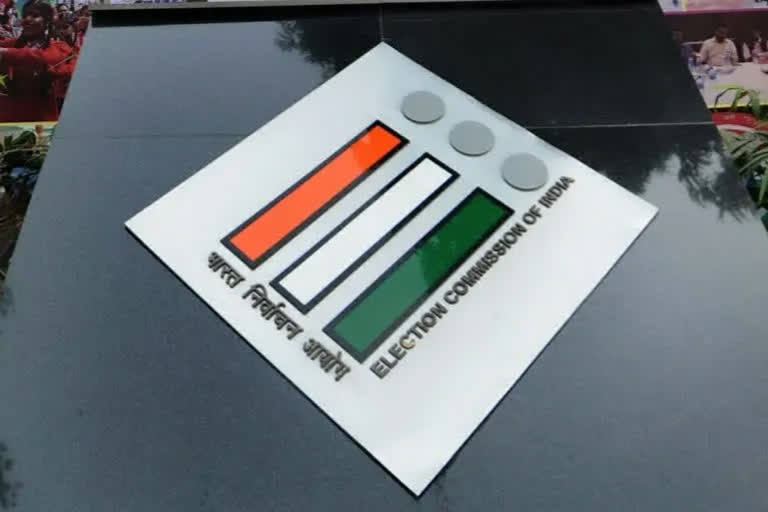Chandigarh: As counting for the recently concluded elections for 117 assembly seats in Punjab draws near, political discussions have heated up in the state with speculations doing the rounds indicating the border state is likely to see a coalition government. While coalition governments are not new to Punjab, the equations among the various political parties and an unlikely clear majority to a single party have led people to speculate about a possible “third front” when results will be declared on March 10.
It has been learnt that the Akali Dal and the BSP are already in talks over power-sharing even as discussions are also underway about a BJP alliance with both parties. The BJP had a pre-poll alliance with Capt Amarinder Singh's newly floated Punjab Lok Congress and the Akali Dal United. While the Congress and the Aam Aadmi Party contested the elections alone, Congress leader and former chief minister Rajinder Kaur Bhattal has also hinted at a possible Congress-Aam Aadmi Party alliance. All eyes are on the counting day as the parties line up to work the equations accordingly.
Interestingly, there has never been a hung assembly in the history of Punjab state elections even as an unexpected alliance also came to the fore at times. After independence, the Hindutva Party Bharatiya Jana Sangh formed an alliance with the Communist Party of India and the Akali Dal with the CPI. The alliances for power in Punjab have a long history, even before the independence of India. In 1946, the Muslim League had won 79 seats in the Punjab Assembly, which was less than the majority, while its rival Unionists had only ten MLAs who later compromised with the party and formed a coalition government.
The key to power in Punjab since independence has been with the Congress and the Akali Dal. In the erstwhile Patiala and East Punjab States Union (PEPSU) state of independent India, Gian Singh Radewala became the Chief Minister of PEPSU in 1951 after winning an independent election from Khanna Assembly constituency. In 1967, a coalition of Sant Fateh Singh Group, Akali Dal, Bharatiya Jana Sangh and Left CPI formed the government and Gurnam Singh became the Chief Minister.
The group then formed the People's United Front in alliance with other independent candidates. But a year and a half later, the government fell after Lachhman Singh Gill withdrew from the alliance with 16 MLAs. The government was the first coalition government in independent Punjab. Later Lachhman Singh Gill defected and formed Punjab Janata Party in November 1967 and with the help of Congress the government was formed on November 25, 1967. Lachhman Singh Gill MLA of Dharamkot constituency became the Chief Minister.
The government, however, lasted only 272 days and in the 1969 Punjab Assembly elections, Gill's party won only one seat as a coalition government of Shiromani Akali Dal and Bharatiya Jana Sangh was formed on February 17, 1969 and Gurnam Singh became the Chief Minister. He was the MLA of Qila Raipur Gidderbaha. MLA Parkash Singh Badal became the Chief Minister in the joint government of Shiromani Akali Dal and Bharatiya Jana Sangh formed on March 27, 1970. It was in this context of coalition governments that the post-emergency assembly elections were held on June 20, 1977 with the formation of a coalition government of the Shiromani Akali Dal-Janata Party and the CPI. This government collapsed on February 17, 1980, before completing its three-year term.
After this, for 17 years in Punjab, only Akali Dal or Congress or the President of India ruled the state. On February 12, 1997, the SAD-BJP alliance formed the government which again remained in power from 2007 to 2012 and in 2017 Ranjit Singh Brahmpura, who had split from the Akali Dal and made the Akali Dal a classic, also tried to form a third front, but failed. And finally he too returned to the Shiromani Akali Dal headed by Sukhbir Singh Badal in December 2021 after being out of the Akali Dal for two years.
Also read: Punjab polls: Can Captain Amarinder's PLC spoil Congress' electoral game?



